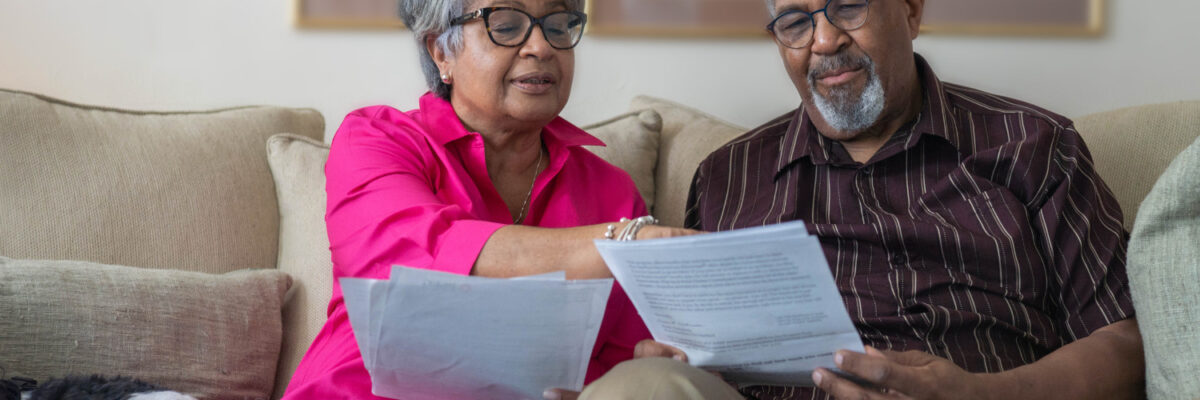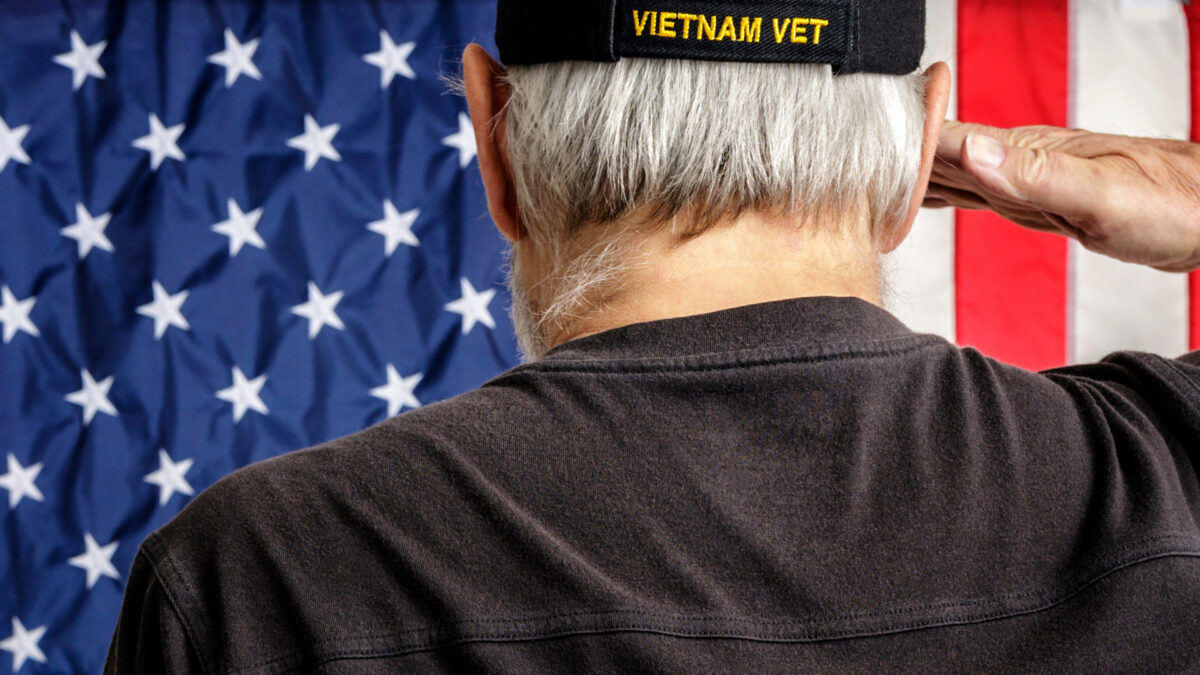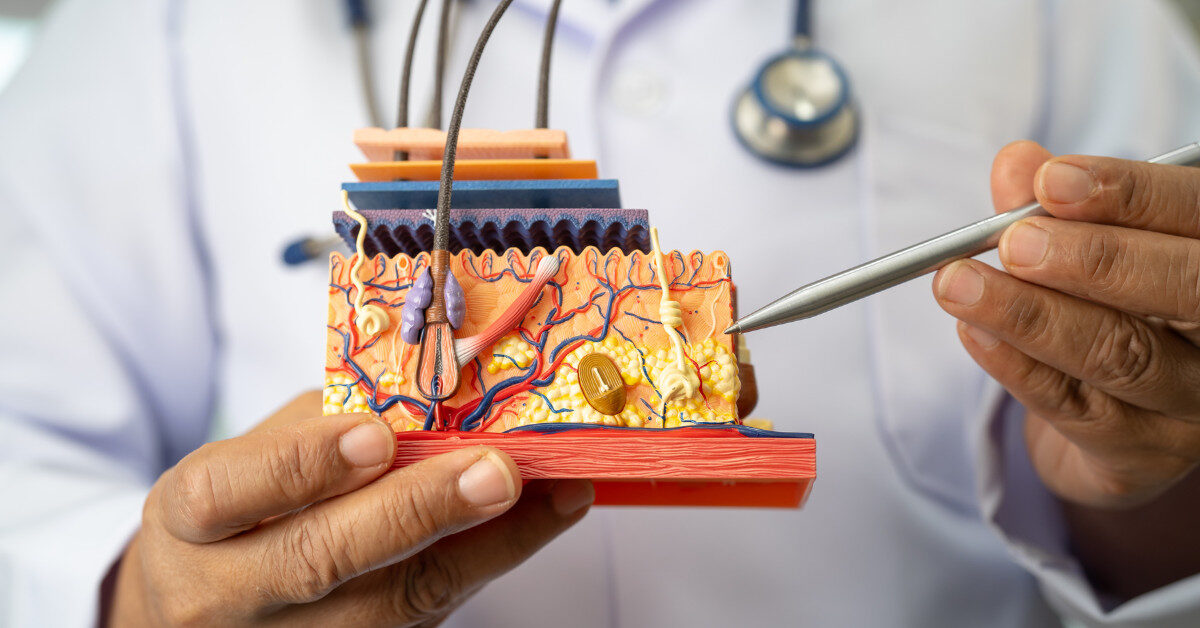
Kathryn Schmitz, PhD, MPH and director of the UPMC Moving Through Cancer Program at the Hillman Cancer Center has been researching the role of exercise in improving physical and psychosocial outcomes and exercise in individuals living with and beyond cancer for more than two decades. “No one benefits from zero movement,” said Dr. Schmitz. “Just get moving!”
Her message is clear: Exercise reduces the risk of many cancer types, benefits patients with cancer and those living beyond it. She emphasizes that any type of physical activity provides benefit. You don’t need to run a marathon to gain benefit. Simply getting up and moving more can make you feel better.
She also emphasizes that everyone can do it. Gone are the days when bedrest was prescribed after surgery. Now, getting up and moving as soon as possible after surgery is advised. Similarly, exercise during treatment is also advised for the majority of patients with cancer.
How can exercise help me?
Dr. Schmitz says that patients with cancer can feel better immediately, if they just get moving. Arthritis may actually improve with activity but it may take more than a week’s time. Dr. Schmitz says that weight training is important to help alleviate arthritic symptoms, but not everybody will be able to weight train.
Research shows exercise can help reduce anxiety and depression, improve mood and overall quality of life. A common complaint from cancer patients throughout and after their treatment is fatigue. Surprisingly, Dr. Schmitz says that the remedy is activity. It sounds counterintuitive, but physical activity can actually minimize fatigue.
Not everyone may feel up to exercising during treatment. For those who are sedentary, simply taking a walk around the block, or standing up and stretching during commercial breaks while watching television, are examples of ways to get moving and improve health.
“No one benefits from zero movement,” said Dr. Schmitz. “Just get moving!”
Tips to get moving
Start slowly, progress slowly, and take baby steps. Dr. Schmitz encourages increasing your ability to exercise by 10% each week. Trying it for 10 minutes and then checking in with yourself can be a helpful technique. “Most people will find that yes, they feel better,” she says. Further, she says, “Success breeds success.” Here are more tips from Dr. Schmitz:
- Talk with your oncology team to tailor an exercise plan that suits your specific needs and limitations.
- Set realistic, achievable goals that keep you motivated. Celebrate small milestones to maintain a positive outlook.
- Stay consistent to help realize your progress. Aim for regular, consistent exercise rather than sporadic, intense workouts. Consistency is key to reaping the benefits of physical activity.
- Incorporate different types of exercise to keep your routines interesting. Include a variety of activities like walking, swimming, cycling, weights or resistance bands, yoga, stretching, Tai Chi, and balance drills.
- Make the experience enjoyable. Whether it’s dancing, gardening, or playing with your pets, find joy in movement.
Conclusion: There are lots of reasons to get moving!
Exercise during and after cancer treatment can be a powerful tool for improving treatment outcomes and enhancing overall quality of life. Living with cancer presents numerous challenges, both physically and emotionally. A growing body of research highlights the significant benefits of regular physical activity for cancer patients.
Recent Posts

Regeneron Announces Approval of Cemiplimab-rwlc for Adjuvant Treatment of Cutaneous Squamous-Cell Carcinoma with a High Risk of Recurrence After Surgery and Radiation

Preparing for Your First Oncology Visit: A Complete Guide for Skin Cancer Patients

Skin Cancer in Aging Veterans: Unique Risks & Considerations

The Genetics of Skin Cancer: Insights from Dr. Kenneth Tsai

